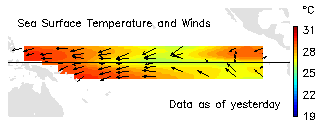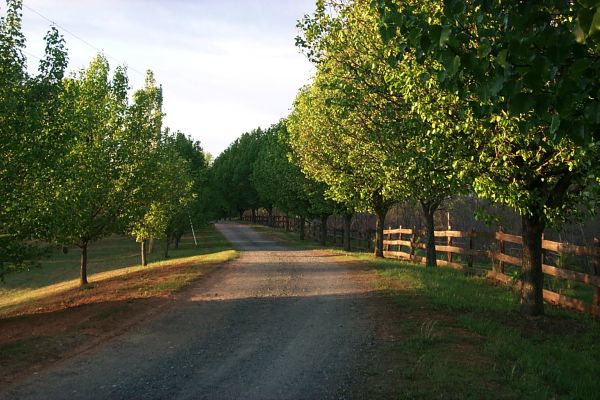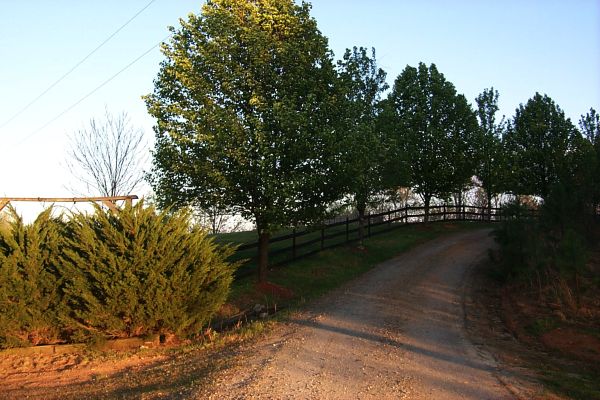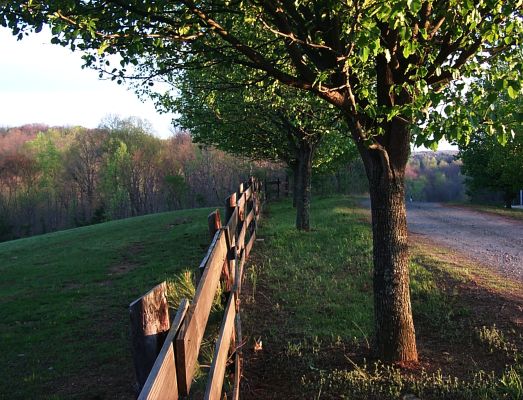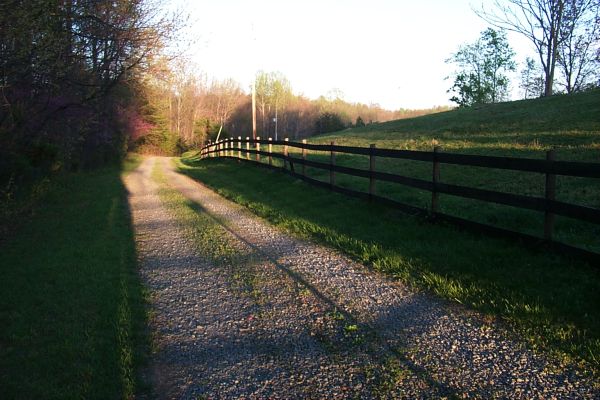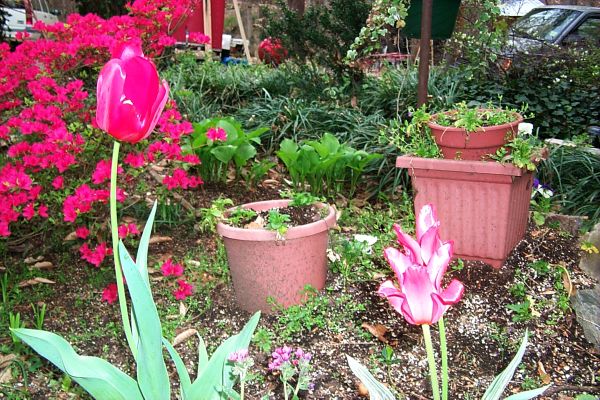Today’s New York Times on my Sony Reader
There were several failed attempts to introduce electronic books before Sony finally got some traction with the Sony Reader in 2006. When Amazon introduced the Kindle in 2007, they sold like hotcakes, and Amazon couldn’t keep up with the demand. Only recently did Amazon announce on their web site that they finally have enough Kindles in stock to ship them immediately after purchase.
If you’re buying a eReader today, the Kindle is the way to go. It loads itself wirelessly over the cellular data network, and Amazon pays all the costs of that wireless sync’ing. The Sony Reader, on the other hand, must be connected to a computer to load new books or content.
I have a Sony Reader, but I don’t have a Kindle. The San Francisco Chronicle did have a Kindle, though, and I got to play with it a bit before I left San Francisco. The hardware could use some redesign, but its theory of operation is brilliant.
The Sony Reader at first was dependent upon Sony’s Windows-only application and Sony’s on-line store. Sony’s Windows application is embarrassingly clunky, and the store’s offerings are seriously limited — mostly mass-market stuff.
But a free open-source application has liberated the Sony Reader and given it new life. The application is Libprs500, and it runs on Windows, Macintosh, and Linux. Many sources of eBooks for the Sony Reader, both free and commercial, have sprung up on the Internet, and the Libprs500 application lets you load all that content on the Sony Reader without having to use Sony’s clunky application at all. Because I like science fiction and fantasy, I particularly like the Baen Free Library, which also has books for sale.
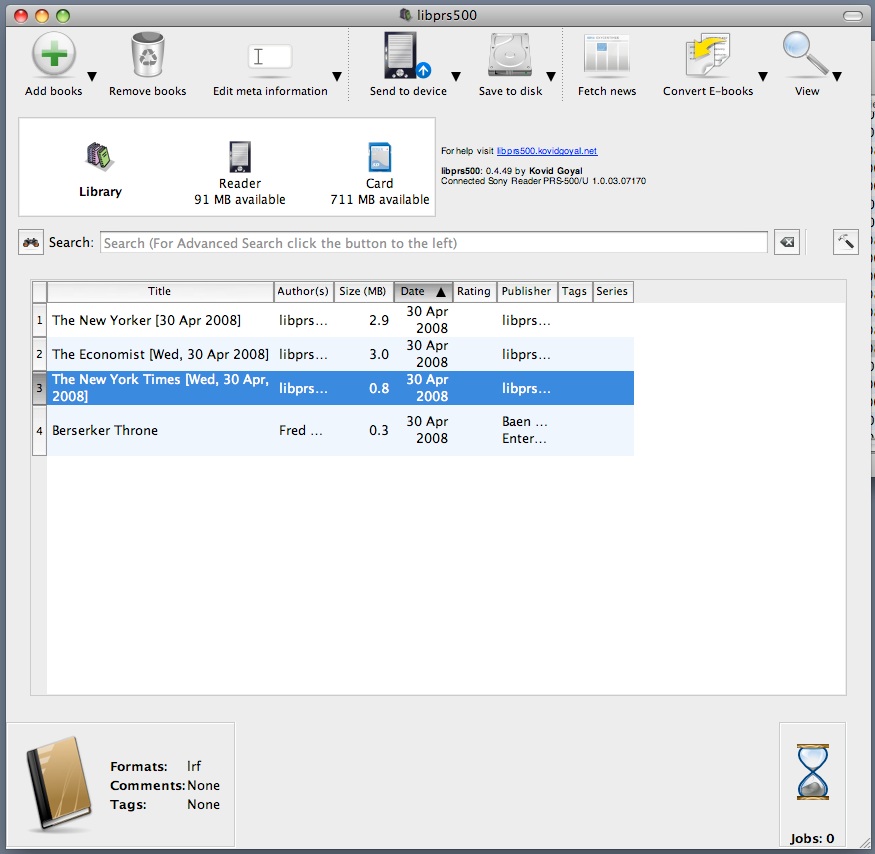
Libprs500 running on my Macintosh
One of the nicest features of Libprs500 is its ability to pull down RSS feeds from news sources and automatically format them for the Sony Reader. This makes it practical to read today’s newspapers on the Sony Reader rather than in front of the computer. The list of available feeds is shockingly intelligent (as one might expect with an intelligent open source application). For some of the sources, a password an subscription are required. The New York Times requires a password, even though it’s free.

The Libprs500 list of news sources
The Stokes County Public Library is poor and has a very limited selection of books. The nearest bookstore is in Winston-Salem, and it’s pathetic (I guess I must not be in San Francisco anymore). I don’t have room to store books anyway. So I’ve dusted off my Sony Reader. When Amazon redesigns the Kindle hardware to correct the mistakes they made in the first version, I wonder if I’ll be able to resist buying one.
The real promise of eBooks is in the very early stages. eBooks drastically lower the cost of self-publishing. I hope book publishers are soon as threatened by technology as record companies are now.
With both the Kindle and the Sony Reader, with any of the available software, you can make your own books with text from any source. Go to Project Gutenberg, of course, for the classics, which are now in the public domain.
I made my own copy of “The Hunchback of Notre Dame” using the French text from Project Gutenberg

